Trusted Historical Document Scanning Services
Dajon Data Management has been trusted to scan historical business documents for many national businesses. Archived documents often hold important value to your business regarding past designs, blueprints, or other archived information that may be critical in the future. We offer a complete digital archiving service to ensure you have digital backups for existing documents for peace of mind.
Our team is well-versed in digital archive services and has years of experience scanning a wide array of historical documents. We are also committed to care in every project and handle your documents carefully to ensure they are not damaged during the scanning process.
Dajon is trusted by a range of companies across all industries and verticals including HR, property, finance and more. Our experience gives us the expertise in handling your business documents.
Capture historical data with digital archive scanning services
During the historical document scanning process, we can capture key data for your organisation. This data can then be added to your business databases to provide information on historical trends and research. It can also be used to allow access to the digital versions of fragile or sensitive documents, which frees up valuable documents for educational and legal purposes without compromising the original.
Furthermore, using our digital archive services allows you to share Information, captured from books, with clients to provide digitised versions for your customers and staff to access wherever they may be. This gives you complete control over valuable assets while still allowing access.
What can we scan?
- 18th Century Books & Older
- Historical Newspaper Articles
- Ancient Maps & Drawings
- Historical Books & Journals
- Dated Photographic Images
- Post-Scanning Restoration
- Non-Destructive Literature Specialists
Get in Touch with Historical Scanning Experts
Ready to digitise your historical records? Contact Dajon today for a free no-obligation consultation!
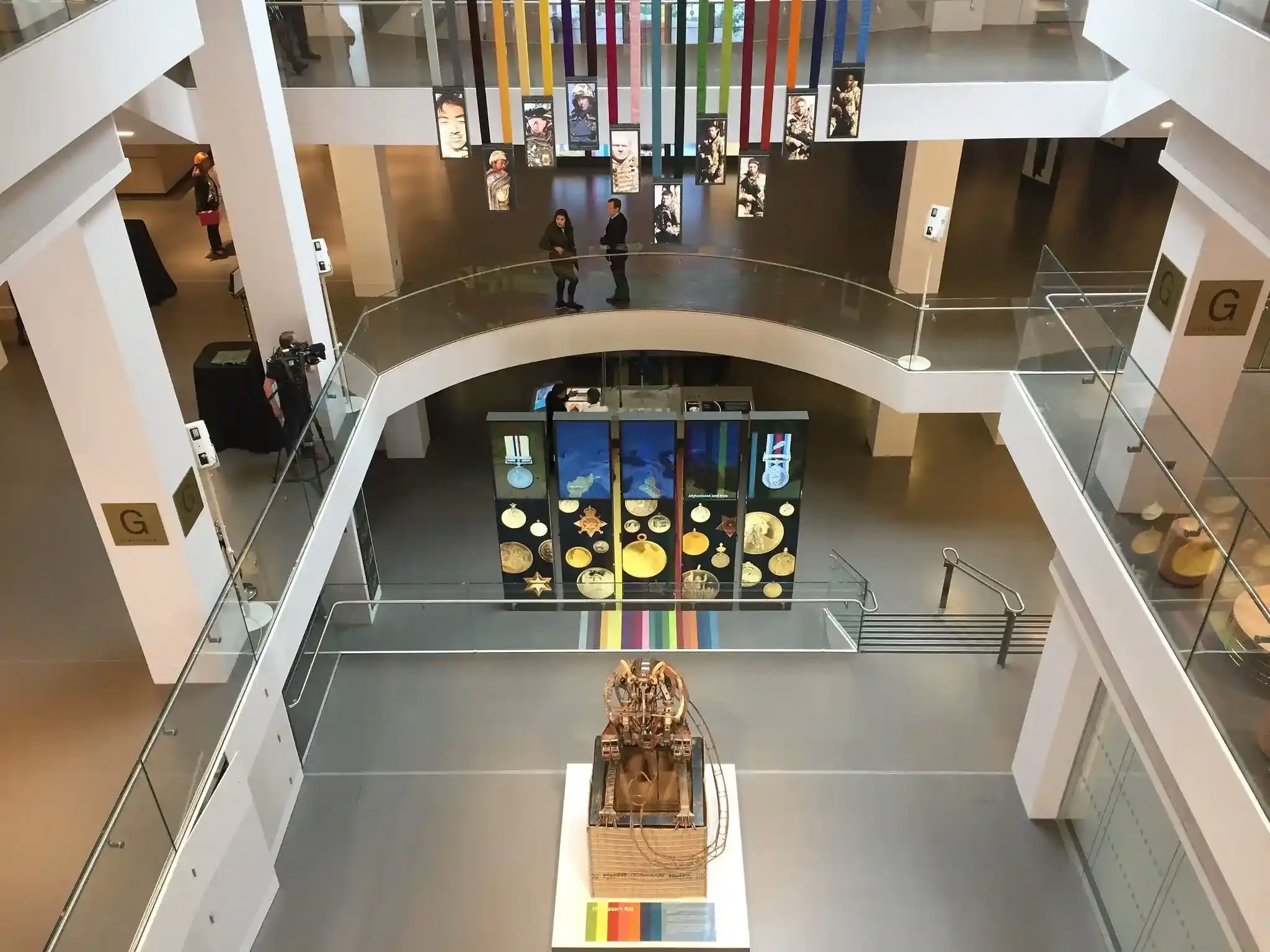
Recent Project
National Army Museum
The National Army Museum aims to present historical fact – in their Chelsea-based museum, and online via their website. Naturally, a large amount of historical data has been collected over the years, chartering various aspects of the British Army. When the organisation needed help digitising some of these documents – Dajon were on hand to assist.
Trusted to deliver by


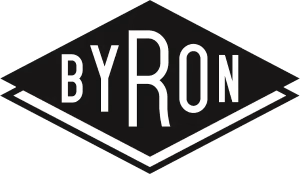






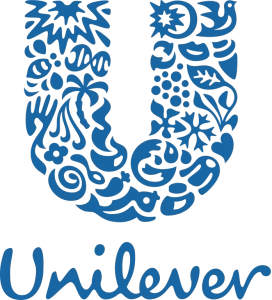
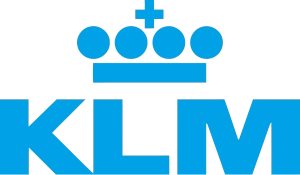


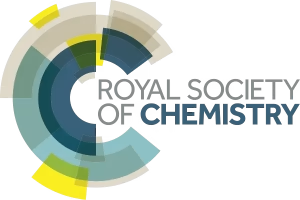




What our clients have to say
We have used Dajon Data Management for the scanning of our financial records. They have carried out their work in a very efficient and cost effective manner….we highly recommend them.
Southwark Council
I have come to greatly appreciate Dajon’s helpful and always friendly customer service, attention to detail and efficient way of handling our archiving and scanning jobs. I am happy to recommend Dajon Data Management.
Caxton Europe Asset Management
Dajon provided us with a measured and cost effective solution to a problem involving historic record photographs… the digitisation was executed quickly and efficiently and we are already reaping the benefits.
National Army Museum
Get in Touch with Experienced Scanning Leaders
Ready to start your digital transformation journey? Contact Dajon today for a free no-obligation consultation!
Frequently Asked Questions
What is the best way to archive digital files?
The best way to archive digital files is to follow a systematic approach that ensures their longevity, accessibility, and security. Start by organising files in a logical folder structure that reflects their content and purpose. Use consistent and descriptive file naming conventions to make searching and retrieval easier. Regularly back up your digital archives to multiple locations, including cloud storage and external hard drives. Implement version control to keep track of changes and maintain historical versions of important documents. Additionally, use file formats known for their stability and longevity, such as PDF/A for documents and TIFF for images.
How do I create a digital archive?
Creating a digital archive involves several steps. First, assess the documents you need to archive and decide on the categories and structure for your archive. Digitise physical documents using high-quality scanners, ensuring the settings capture clear and legible images. Apply Optical Character Recognition (OCR) to make scanned documents searchable. Organise the digital files into a predetermined folder structure with clear and consistent naming conventions. Use metadata to tag documents with relevant information, which aids in searching and categorisation. Finally, ensure that the archive is backed up and that access controls are in place to protect sensitive information.
How do you securely store digital documents?
Securely storing digital documents involves implementing several layers of protection. Encrypt sensitive files both at rest and in transit to prevent unauthorised access. Use strong, unique passwords and two-factor authentication for accessing storage systems. Regularly update your software and security protocols to protect against vulnerabilities. Store backup copies in multiple, geographically dispersed locations to safeguard against data loss due to physical disasters. Access controls should be enforced to limit who can view or edit the documents, and activity logs should be maintained to monitor and audit access.
How are historical documents digitised?
Historical documents are digitised using specialised techniques to preserve their integrity while creating high-quality digital replicas. First, the documents are carefully prepared by removing any bindings, staples, or contaminants that might damage the scanning equipment. High-resolution scanners, often with flatbed or planetary scanning capabilities, are used to capture detailed images of each page. Given their fragile nature, historical documents may require gentle handling and specialised supports during scanning. Post-scanning, the digital images undergo processing to enhance readability and may involve colour correction and contrast adjustments. Finally, the documents are often tagged with metadata to aid in their future retrieval and study.
What is archive scanning?
Archive scanning is the process of converting physical archives, such as documents, photographs, and records, into digital formats. This process ensures that historical and valuable information is preserved and can be accessed easily without handling the physical originals, which might be fragile or prone to deterioration. Archive scanning typically involves high-resolution scanning, metadata tagging, and sometimes OCR to make the digital documents searchable. The goal is to create a digital archive that faithfully represents the original materials while providing enhanced accessibility and preservation.
How to scan historic documents?
Scanning historic documents requires special care to prevent damage and ensure the highest quality digital reproduction. Start by assessing the condition of the documents. Fragile documents may need to be cleaned and repaired before scanning. Use high-resolution scanners, preferably with flatbed or planetary setups, to capture detailed images without exerting pressure on the documents. Scanners should have adjustable settings to account for various document conditions and materials. Handle documents with gloves and use appropriate supports to keep them flat and stable during scanning. After scanning, process the images to improve clarity, and apply metadata to aid in organisation and retrieval.
Archiving digital files and digitising historical documents involve systematic approaches to ensure their longevity, accessibility, and security. Creating a digital archive requires careful organisation, high-quality digitisation, and the use of metadata for efficient retrieval. Secure storage involves encryption, access controls, and regular backups. Historical documents require gentle handling and high-resolution scanning to preserve their integrity. Archive scanning converts physical archives into digital formats, making them easier to access and preserving them for future generations. By following these best practices, you can effectively manage and preserve valuable digital and historical documents.
